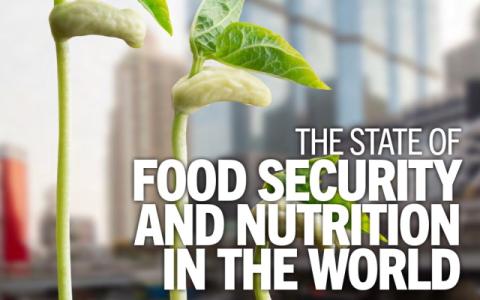
Hunger threatens over 122 million more people worldwide than in 2019, due to both the pandemic and a succession of climate disruptions and conflicts, including the war in Ukraine. According to the recent report The State of Food Security and Nutrition in the World 2023, without a change of course, the Sustainable Development Goal focused on ending hunger by 2030 will not be achieved.
Data from the report – carried out by five United Nations agencies (Food and Agriculture Organisation, International Fund for Agricultural Development, Unicef, World Health Organisation and World Food Programme) – reveal that hunger affected between 691 and 783 million people in 2022, with an average of 735 million people going hungry.
The publication shows that food insecurity affects people living in rural areas the most. Malnutrition in children also shows urban and rural specificities: growth retardation is more present in rural areas (35.8%) than in urban areas (22.4%). The same can be said of emaciation, which is greater in rural areas (10.5%) than in urban areas (7.7%), while being overweight is slightly more prevalent in urban areas (5.4%) than in rural areas (3.5%).
The report is available, in English, on the website of the Food and Agriculture Organisation of the United Nations, on the dedicated page.
Other materials and news can be found on this site under the topic, Nutrition and Malnutrition in children accessible from the "Topics" navigation menu.

